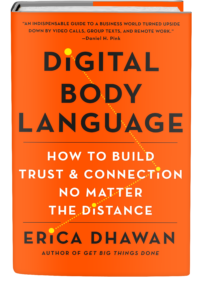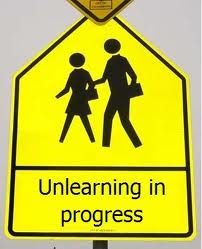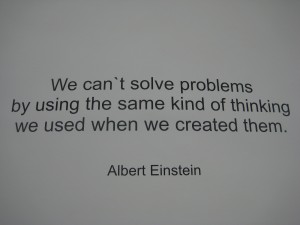This post was cross-published at Levo League.
TEDxWomen was an inspiring day packed with female change agents and innovators. More than 100 TEDxWomen gatherings convened all over world, including the first ever TEDx event in Libya. The themes of the day were Resilience, Relationships, ReImagine, and Rebirth. My favorite speakers were many of the Gen Y women who took the stage: Claire Sannini, a 8th grade girl who spoke about her experience with girl bullying alongside Rachel Simmons, author of Odd Girl Out, and Busisiwe Mkhumbuzi, an amazing 17 year old girl from Johannesburg and V-Girls action team leader.
Here are some of my most memorable quotes from the amazing group of speakers:
- Gayle Lemmon, writer and journalist: “If you see the word micro finance most people think women. If you think entrepreneur most people think men. We must move beyond micro hopes and micro ambitions for women…Women can no longer be both 50 percent of the population and a special interest group.”
- Jennifer Newsom, producer of Miss Representation: “The media is killing our daughters’ ambition and destroying empathy and emotion in our sons..3 percent of decision makers of media are women, 97 percent of decisions are made by men. For the 97 percent, I challenge you to mentor women up the ladder and help promote them. Let’s demand a media culture that uplifts us all, inspires our daughters to be president, our sons to be empathic partners.”
- Rachel Simmons, author of Odd Girl Out: “In a 2006 study, 74 percent of girls were under pressure to please everyone. If we want girls to be resilient, we have to give them the skills to navigate.”
- Shahira Amin, Egyptian journalist: “Women are the future of the new Egypt; they will lead, and men will follow.”
- Gloria Steinem, author and feminist activist: “My generation thought life was over at 30 and your generation feels like you have to be successful before 30.”
This is just a small dose of an incredible set of women and men that came together to hear groundbreaking ideas to advance women and girls. Stay tuned as TEDxWomen will publish the various talks online in the coming days!






